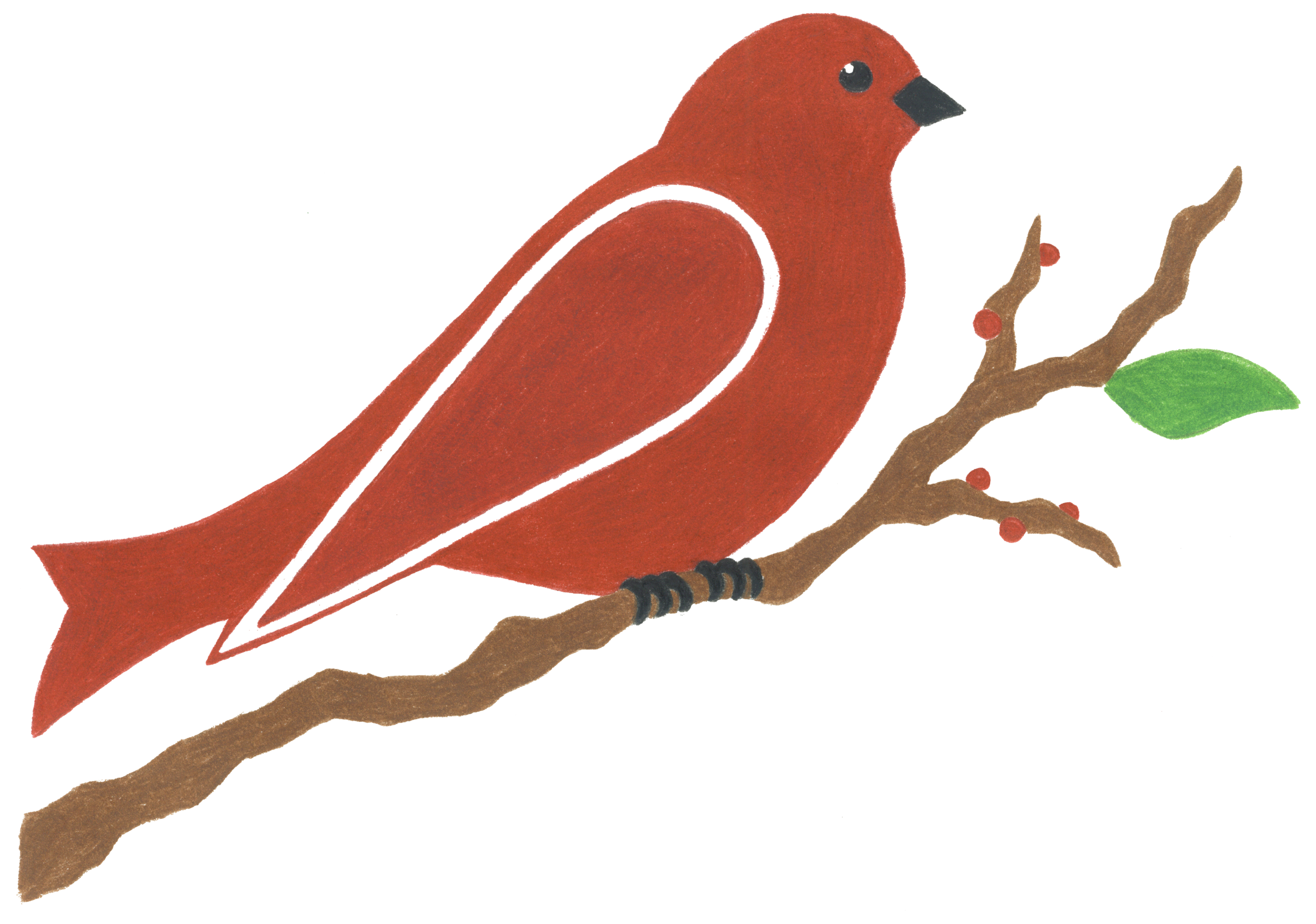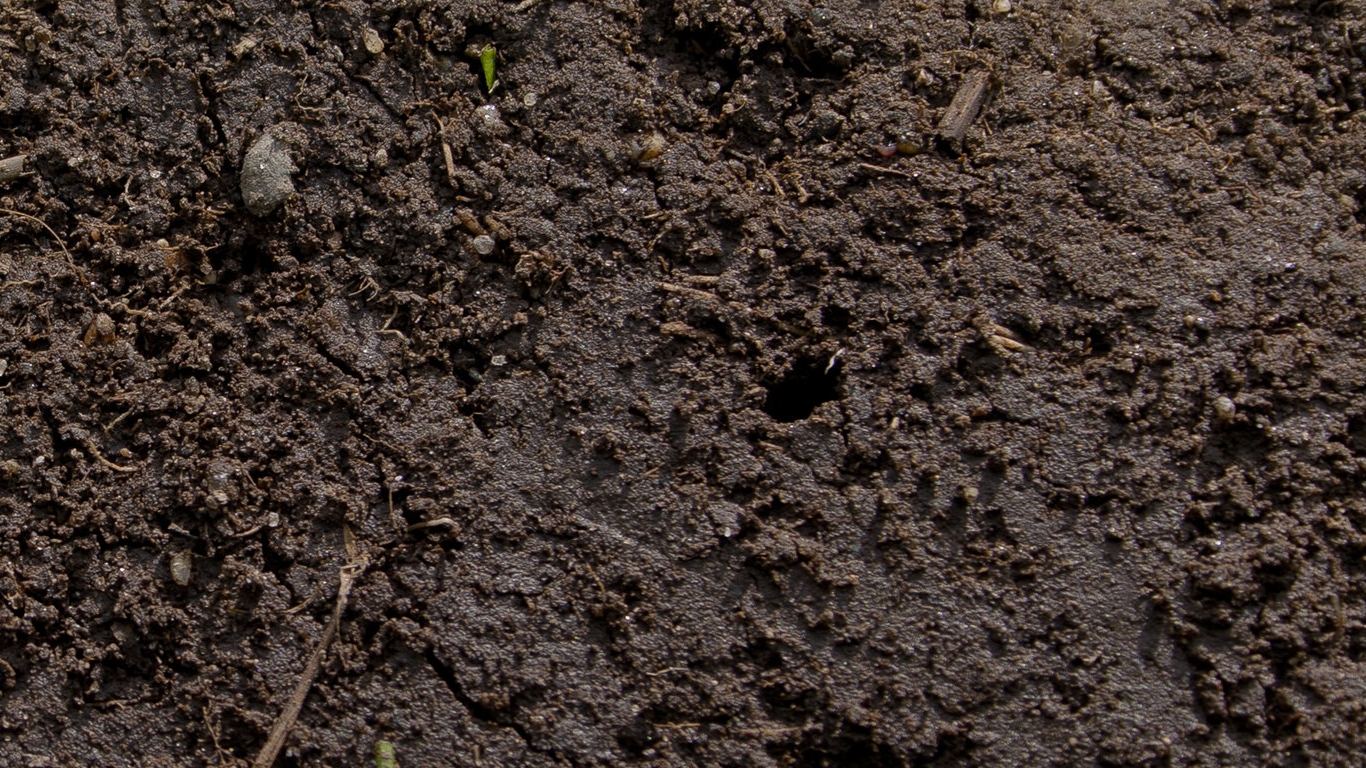Soil is Life
Healthy soil is full of life
Under our feet there is a complex web
– a resilient and cooperative ecosystem –
just like the ones we see above ground.
A handful of soil contains more living organisms than there are people on Earth …
How can we possibly understand that? Can we imagine what we can’t see happening in the soil beneath our feet?
Consider a wilderness place you may have visited. You might recall flowers, bees, birds, berries, trees, small animals. Flowers feed bees, birds eat berries and transport their seeds, trees offer shelter and food for smaller animals, and so on. We can easily see and admire what is happening.
Take a moment to see what's happening in the Skaha Bluffs!
“Ecosystem” derives from the Greek oikos, meaning "home" and systema or "system".
Beautifully connected, complex and well-balanced, everything is used by one living organism or another. In natural systems there is no waste. These interactions and symbiotic relationships characterize an ecosystem. The same interconnected processes happen in the soil beneath our feet!
Why care about Soil?
An understanding of our interconnectedness and of our reliance
on the healthy biodiversity of soils is critical to maintaining the ecosystems
in which we live and from which we benefit.
I care about soil not only because of the beauty I experience in healthy landscapes, but because our food and health as humans depend upon it. We are a part of nature. All above-ground organisms – plants, animals, humans - ultimately depend upon soil health. Plants feed on nutrients found in soil, we feed on plants.
Designing and caring for landscapes with an understanding of the soil ecosystem is fundamental.
To work with soil, we need to understand that we are tending relationships of the living organisms in soil.
How Soil Ecosystem works?
Soil is the home where a system of organisms work together in an interdependent complex whole.
Our role is to contribute as best we can to assist their work.
There are three sets of components in all soil:
- A-biotic or non-living components (rock: sand, silt, clay and mineral nutrients)
- Environmental components (air, temperature and water)
- Living organisms (bacteria, fungi, protozoa, nematodes, arthropods, earthworms, living roots)
Soil Living Organisms
Components in soil: Environmental Components , A-biotic Components and Soil Living Organisms
The a-biotic components in soil define its texture and determine its inherent characteristics or qualities:
Structural Qualities
The compactability of soil is determined by the size and shape of the particles found within it. Clay particles are extremely tiny and plate-like in shape so they can be pressed very tightly, close to one another. Its compactability is extremely high. Silt particles are also very small but there is a little more space in between them; their compactability is moderate to high. Sand particles are much bigger and very difficult to compact.
Air Qualities
The capacity of soil to hold air is related to its compactability. In extremely compactable soil (clay) there will be low air content. Conversely, sandy soil has high air content.
Water Holding Qualities
Two variables determine how water is held by soil: the total surface area of the soil particles and the pore size or space between particles. The smaller the particles, the greater the overall surface area. Soil with bigger pores drains faster, soil with smaller pores holds water longer. Clay has excellent water holding capacity, but the spaces between particles is so small that the water available to plants is only moderate. Silt has excellent water holding capacity and makes water easily available to plants. Sand has poor water holding capacity.
Nutrient Holding Qualities
This is the ability of soil to hold positively charged particles via electrical charges and to exchange them for other positively charged particles.
The environmental components (Water, Temperature and Air) are strongly determined by the location where we plant, and it will actively affect our soil.
Soil Living Organisms depend on these components to exist. As life happens in the soil, interconnections are key, that is how Nature works, relationships of interdependence between living organisms and their environment (home).
Good structure, air, water and nutrient availability in soil are needed for soil living organisms to thrive, including precious plant roots! Just as we need a good home, air, water and food … so do all living organisms. Remember, these organisms are the ones that make nutrients available for the plants.
What can we do to nurture healthy soil?
We can work with the interactions of the organisms in soil to enhance the quality of topsoil.
This will benefit the conditions for our landscape to grow healthier.
No matter how hard we try, we cannot effectively change the intrinsic proportions of sand, silt or clay in a particular soil. Nor can we significantly change the environmental conditions in which we plant. We can, however, design wisely by selecting plants well suited to local conditions and by planting in patterns that foster interdependence and resilience.
How then can we best create healthy soil? Our job is to support Soil Living Organisms!
Living Organisms are the best ones to improve the a-biotic environment to create the conditions they need to thrive. They add two key nutrients for life in the Soil: Carbon and Nitrogen, they improve soil fertility, mobilize nutrients, re-arrange mineral soil particles, and create plant habitat through structural improvement of the soil.
As William Albrecht says, “Microbes dine at the first table.” Just as in our own digestive system, the soil dwelling organisms perform the vital function of predigesting and transforming the food (organic matter and minerals) into all kinds of substances that are then easily absorbed by plants.
In future posts we will talk about how we can feed and support the soil living organisms.
Any idea?
I hope that after reading this, you look outside the window and imagine all the tiny creatures living in the soil beneath your feet …They are the ones that feed your favourite flowers and your most delicious fruit trees!
References:
National Science Foundation (July 29, 2009). Life Underground Critical to Earth's Ecosystems
Retrieved from: https://www.nsf.gov/discoveries/disc_summ.jsp?cntn_id=115253&org=NSF&preview=false
National Science Foundation (October 17, 2011). From Tropics to Poles: Study Reveals Diversity of Life in Soils
Retrieved from: https://www.nsf.gov/news/news_summ.jsp?cntn_id=121998&org=NSF&preview=false
Elaine R. Ingham. Soil Food Web
Retrieved from: https://www.nrcs.usda.gov/wps/portal/nrcs/detailfull/soils/health/biology/?cid=nrcs142p2_053868
Civil Eats (May 06, 2014). ‘The Soil Will Save Us’: A Manifesto for Restoring Our Relationship with the Land
Retrieved from: http://civileats.com/2014/06/05/the-soil-will-save-us-a-manifesto-for-restoring-our-relationship-with-the-land/#sthash.WyWboEuC.dpuf
The Soil Biology Primer
Retrieved from: http://soils.usda.gov/sqi/concepts/soil_biology/biology.html




